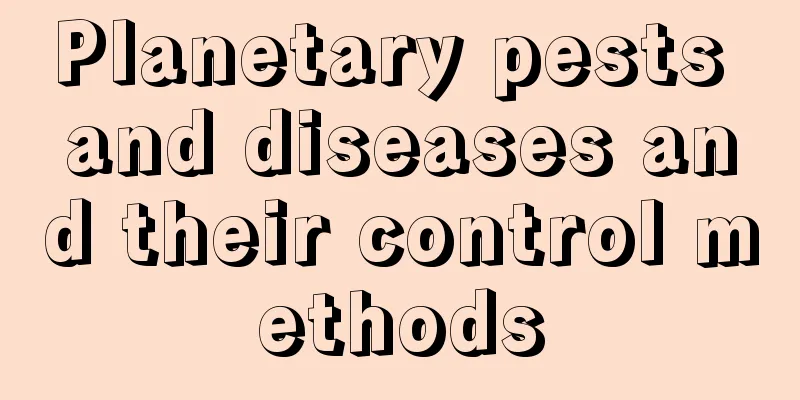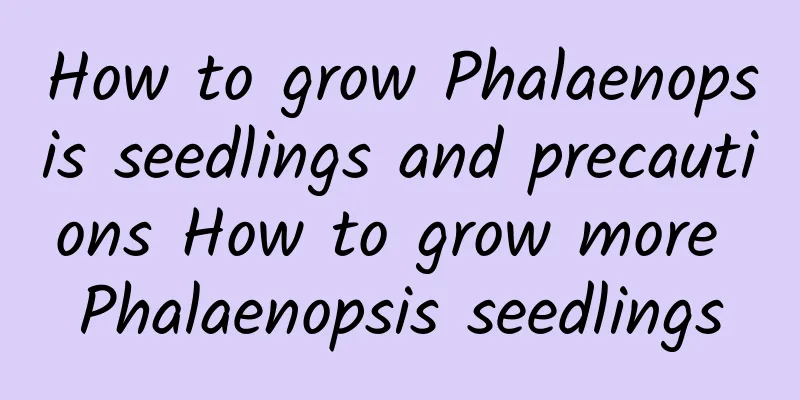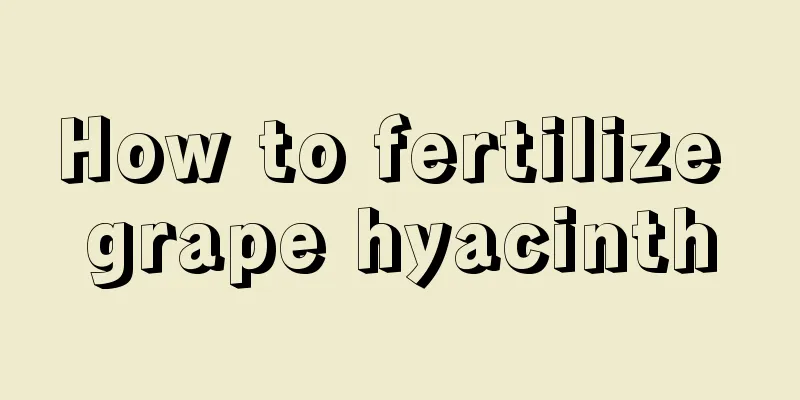Planetary pests and diseases and their control methods

Common diseases and prevention methods of planets: Botrytis cinereaThe disease is prone to occur in weak light, when the relative humidity is above 90% or when there is water film on the surface of the seedlings. The plant is most susceptible to the disease during the flowering period, which is invaded through wounds and aging organs by air currents, irrigation and agricultural operations. If there is continuous rain or cold wind, failure to ventilate the plants in time, too high a density, excessive growth of seedlings, and root and leaf damage during transplanting, the condition will be aggravated. After the disease occurs, a thick layer of gray mold grows on the surface of the sphere, appearing water-rotten. Method for prevention and control of gray mold disease on planetary plants: spray with 1000 times diluted 70% thiophanate-methyl wettable powder. Strengthen planet maintenance management, and control ventilation and temperature to the most appropriate level. Common diseases and prevention methods of planets: scabThe surface of the affected planet begins to show oily spots, which then turn into a waxy yellow color. The spots expand and bulge toward one side to form conical nodules. Prevention and control methods of planetary scab: spray with 1000 times diluted 70% thiophanate methyl wettable powder Generally, watering the roots of the plant with a mixture of fungicides and insecticides and water every three months or so can effectively prevent many fungal diseases. Common Pests on Planet Earth and How to Prevent and Control Them: Red SpiderRed spider mites are one of the most common plant pests, and they reproduce quickly, producing about 10 generations a year. Red spiders are extremely small in size. They use their piercing-sucking mouthparts to insert into the mesophyll and stem bark of plants, sucking the sap of the plants, causing the plants to turn yellow or even wither. Methods for controlling planetary red spiders: spray with 1500 times diluted 40% oxydemeton-methyl emulsifiable concentrate. The best method of prevention and control is to prevent problems before they occur. When watering every month, remember to mix pesticides and fungicides. This can effectively prevent the breeding of pests and diseases and protect our small and exquisite planet. |
<<: Pests and control methods of jade dew
>>: Common diseases and pests of Axe-leaved Peperomia and their control methods
Recommend
How to buy gardenias and how to care for them
1. How to buy Gardenia There are two ways to buy ...
How to grow golden marbles and how to ensure flowering and fruiting?
Golden Ball is a relatively high-end potted plant...
When is the best time to prune pear trees?
After several months of growth and development, t...
Dragon fruit can also be grown on the balcony, with fruits hanging all over the branches
Dragon fruit planting method Step 1: Buy the bran...
What trees are suitable for planting on campus? Types of trees for greening in schools
Our campus is becoming more and more beautiful, a...
How to grow Clematis seedlings
1. Suitable soil If you want to grow the Clematis...
The difference between French orchid and amaryllis
1. Differences in plant types French orchid and a...
How to prune azalea
When to prune azaleas The pruning time of azalea ...
Ginseng fruit planting conditions and areas are suitable for planting
Ginseng fruit planting conditions Ginseng fruit i...
How to prune fuchsia
1. Pruning during the seedling stage The main pur...
What to do if the leaves of the yellow cicada turn yellow
The reason why the leaves of the yellow lily turn...
What to do if the golden diamond has root rot
Causes and solutions for root rot of golden diamo...
Can Clivia be grown indoors?
Can Clivia be grown indoors? Clivia can be plante...
How to repot a bottle orchid
When should you choose the right time to repot th...
Does coleus prefer shade or sun?
Does coleus prefer shade or sun? Coleus is easy t...









